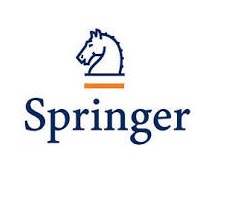Conclusion
The research results helped us conclude that the general and specific hypotheses have been partially proved since the greatest number of respondents had accurate information on waste and recycling and they were willing to separate their household waste, regardless of the way they were informed. However, the results revealed that certain demographic characteristics and age influenced the possession of accurate information on waste, as shown in Tables 1 and 2, indicating the necessity to provide adequate information, especially to the group of the oldest respondents. Likewise, it was observed that the respondents with university education had the most accurate information about recycling and were consequently more willing to separate their waste. Moreover, this points to the necessity of introducing waste issue content in both formal and nonformal education in the national system of primary and secondary education.
The results also showed that the dominant means of obtaining information was television. However, there is a correlation between age and place of residence (house, flat) and the source of information. The results displayed in Fig. 5 seem to be of particular importance due to the fact that they show the form of obtaining information and willingness to separate waste. These data clearly indicate the lack of educational content on the importance of waste management, in particular the need for waste separation at source in schools (if we take into account that 30% of respondents who received information at school said they would not separate waste at home and 15% were undecided). Although some studies have shown that the Internet has a tremendous impact on increasing information and participation (Kenski and Stroud 2006), and bearing in mind the percentage of respondents who are informed on waste issues over the Internet, we believe that in our case, it is necessary to support the cooperation between the competent institutions for waste management, such as PUE ‘‘Mediana’’, and local TV stations.








